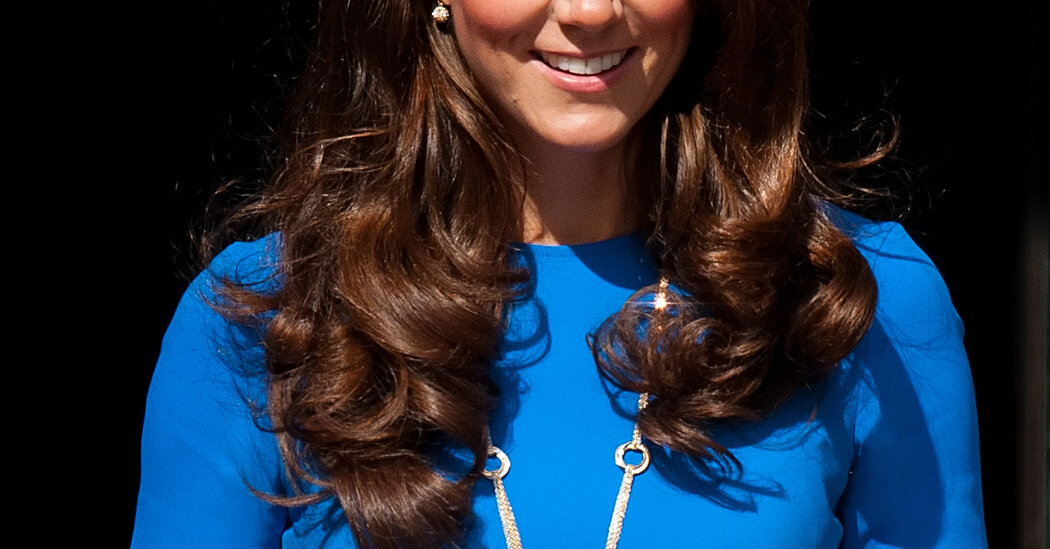
The French poet and filmmaker Jean Cocteau always wore two Cartier Trinity rings stacked on his left pinkie. Even after his death in 1963, Cocteau’s name was so closely linked with the ring, made of three interlocking bands in yellow, white and rose gold, that he was often credited with designing or commissioning the piece.
But it was Louis Cartier, a grandson of the house’s founder, who conceived the ring in 1924.
“It’s part of the myth and stories around Trinity,” said Marie-Laure Cérède, Cartier’s director of watchmaking and jewelry design.
The Art Deco movement that had begun in France in the mid-1910s had inspired innovative designs made with eclectic mixes of materials. And the same year as its design, André Breton wrote the Surrealist manifesto, sparking even more experimentation. Yet Trinity still stood out as a daring design.
“It was avant-garde at the time,” Ms. Cérède said, “and it was unusual to mix three colors of gold in one design.”
For its centenary, Ms. Cérède was charged with creating new Trinity pieces while maintaining its trademark of interlocking links in three shades of gold. The idea of redesigning it, she said, “seemed like an impossible feat.”






